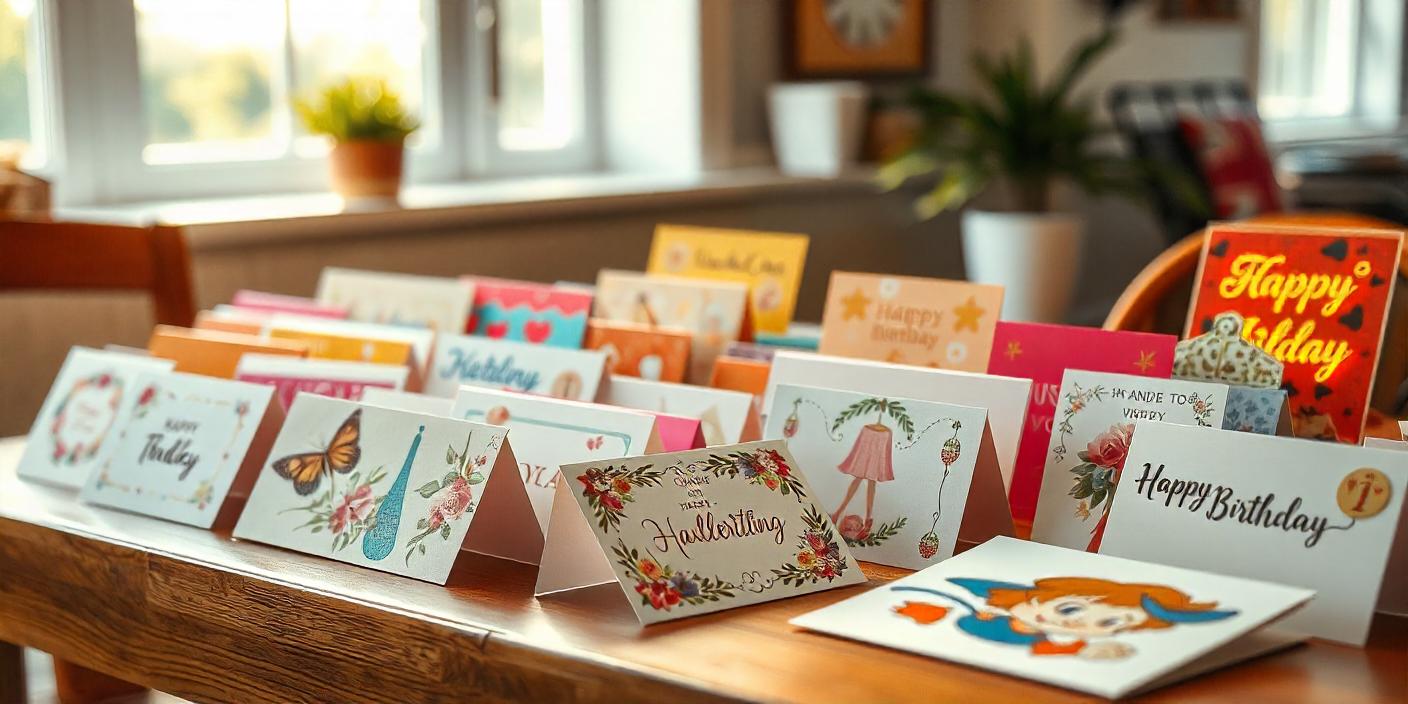Railway catering has evolved significantly over the years, transforming from simple snack options to sophisticated, multi-course meal services. This evolution reflects broader changes in travel habits, passenger expectations, and advancements in food service technologies. Today, food delivery in train is an integral part of the passenger experience, contributing to the comfort and satisfaction of travelers. This article delves into the history, current practices, challenges, and future prospects of railway catering.
Historical Background
The history of railway catering dates back to the early days of train travel in the 19th century. As railways expanded, the need for onboard food services became apparent. Initially, passengers relied on food vendors at station stops, where they could purchase snacks and beverages during brief halts. However, as train journeys grew longer, the demand for onboard catering services increased.
The first organized railway catering services began in the mid-19th century. In the United Kingdom, the Great Western Railway was one of the pioneers, offering dining cars on its long-distance routes. These early dining cars were luxurious, often staffed by skilled chefs who prepared gourmet meals. The concept quickly spread to other countries, with railway companies in the United States, Europe, and Asia adopting similar services.
Evolution of Railway Catering
Over the decades, railway catering has undergone several transformations. The introduction of dining cars marked the first significant change, allowing passengers to enjoy freshly prepared meals while traveling. These cars were often lavishly decorated, providing a fine dining experience on wheels.
In the mid-20th century, the focus shifted towards providing more affordable and diverse meal options. This period saw the introduction of buffet cars and trolley services, which offered a variety of pre-packaged snacks and beverages. The emphasis was on convenience and speed, catering to the needs of busy travelers.
With the advent of high-speed trains and budget airlines, the railway industry faced increased competition. To stay relevant, many railway companies revamped their catering services, emphasizing quality and variety. The late 20th and early 21st centuries saw the introduction of meal options catering to different dietary preferences, including vegetarian, vegan, and gluten-free choices.
Current Practices in Railway Catering
Today’s railway catering services are characterized by a blend of tradition and innovation. Here are some key features of modern railway catering:
- Diverse Menu Options:
Modern railway catering offers a wide range of menu options to cater to the diverse tastes and dietary needs of passengers. From traditional regional dishes to international cuisines, the variety ensures that every passenger finds something to enjoy.
- Quality and Freshness:
Emphasis on the quality and freshness of food has become a hallmark of modern railway catering. Many railways source ingredients locally and prepare meals in state-of-the-art kitchens to ensure high standards.
- Convenience and Accessibility:
Catering services have become more accessible and convenient. Passengers can pre-order meals online, and food is delivered directly to their seats. This service is particularly popular on long-distance and high-speed trains.
- Sustainability Initiatives:
Environmental concerns have led to the adoption of sustainable practices in railway catering. These include using biodegradable packaging, reducing food waste, and sourcing ingredients from sustainable suppliers.
- Technology Integration:
Technology plays a significant role in enhancing the catering experience. Digital menus, contactless payment options, and mobile apps for ordering food have streamlined the process, making it more efficient and user-friendly.
- Luxury and Premium Services:
For premium passengers, many railway companies offer luxury dining experiences. These services include multi-course meals, fine wines, and personalized service, creating a memorable journey.
Challenges in Railway Catering
Despite the advancements, railway catering faces several challenges:
- Logistics and Supply Chain Management:
Ensuring the timely delivery of fresh food to trains, especially in remote areas, is a complex logistical challenge. Maintaining a consistent supply chain requires meticulous planning and coordination.
- Food Safety and Hygiene:
Maintaining high standards of food safety and hygiene is critical. This includes proper storage, handling, and preparation of food to prevent contamination and ensure passenger health.
- Cost Management:
Balancing quality and affordability is a constant challenge. Railway companies must manage costs effectively while providing high-quality meals that meet passenger expectations.
- Passenger Preferences:
Catering to the diverse tastes and dietary needs of passengers requires continuous innovation and adaptation. Keeping up with changing food trends and preferences is essential to remain competitive.
- Sustainability:
Implementing sustainable practices while maintaining profitability can be challenging. It requires investment in eco-friendly packaging, waste management systems, and sustainable sourcing practices.
Future Prospects of Railway Catering
The future of railway catering looks promising, with several trends and innovations on the horizon:
- Personalized Meal Options:
Advances in technology will enable more personalized meal options. Passengers may soon be able to customize their meals based on dietary preferences, allergies, and nutritional needs.
- Automation and Robotics:
Automation and robotics could revolutionize railway catering. Automated kitchens and robotic servers could prepare and deliver meals more efficiently, reducing the need for manual labor.
- Health and Wellness Focus:
With increasing awareness of health and wellness, railway catering is likely to offer more nutritious and health-focused meal options. This includes organic ingredients, low-calorie meals, and superfoods.
- Enhanced Dining Experience:
Future trains may feature enhanced dining experiences, such as virtual reality dining cars, where passengers can enjoy immersive dining environments while traveling.
- Collaborations with Celebrity Chefs:
Collaborations with renowned chefs and food brands can elevate the dining experience. Exclusive menus and signature dishes created by celebrity chefs can attract food enthusiasts and add a touch of luxury.
- Sustainable Practices:
Sustainability will continue to be a key focus. Innovations in packaging, waste management, and sourcing will drive the industry towards more eco-friendly practices.
Conclusion
Railway catering has come a long way from its humble beginnings. Today, it is a vital aspect of the passenger experience, offering diverse, high-quality meal options that cater to various tastes and preferences. Despite the challenges, the industry continues to innovate and adapt, driven by advancements in technology, changing passenger expectations, and a commitment to sustainability. As railway travel continues to evolve, so too will the catering services, promising an exciting and delicious journey for passengers in the years to come.
In the United States, the jain food order in train Service (RMS) was established in 1864, marking the formalization of mail transport by rail. This service became the backbone of the American postal system, enabling the rapid and efficient distribution of mail across the vast country. By the late 19th century, most industrialized nations had integrated train mail services into their postal systems, cementing the importance of rail transport in mail logistics.




























